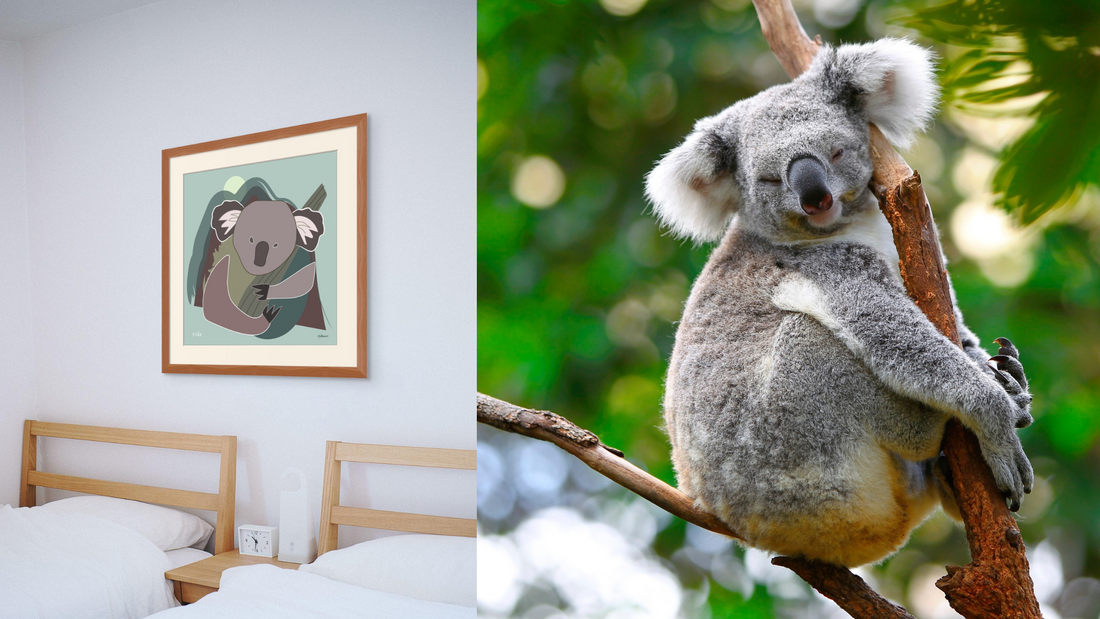Koalas are universally adored creatures, charming people around the globe with their unique appearance and gentle demeanor. These marsupials, native to Australia, have captured the hearts of many, becoming an emblem of wildlife conservation efforts and a symbol of the Australian natural heritage. One of the primary reasons for their widespread appeal is their endearing physical features. Koalas possess a stout, tailless body, a large head with round, fluffy ears, and a prominent, spoon-shaped nose, making them appear cuddly and inviting, much like a living plush toy. Their sleepy demeanor and slow movements add to their allure, invoking an emotional response that many find irresistible.
Beyond their physical attributes, koalas hold a fascination due to their unique biological characteristics and behaviors. They are one of the few animals capable of surviving on a diet almost exclusively composed of eucalyptus leaves, which are toxic to most other species. This peculiar diet has shaped their lifestyle, requiring them to spend long hours resting and sleeping to conserve energy, further enhancing their image as peaceful and serene creatures. Additionally, koalas are known for their strong maternal instincts, with females carrying their joeys in their pouches for up to six months, followed by a close bond as the young cling to their mothers' backs, scenes that evoke a strong nurturing image.
The global love for koalas also stems from their vulnerability and the threat of habitat destruction due to human activities and climate change. This has spurred international wildlife conservation efforts, rallying support for the protection of koalas and their natural habitat. People around the world are drawn to support these adorable animals, recognizing the importance of preserving not just the koalas themselves, but also the broader Australian ecosystem they represent. Through education, conservation efforts, and a universal appreciation, koalas have become more than just animals; they are a reminder of our connection to nature and the importance of living in harmony with the natural world.

